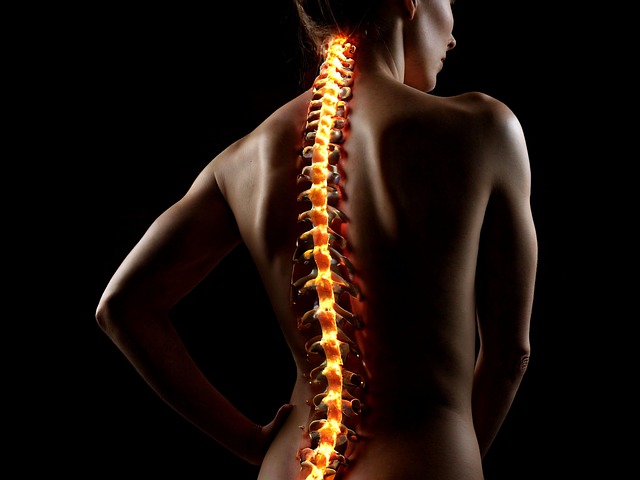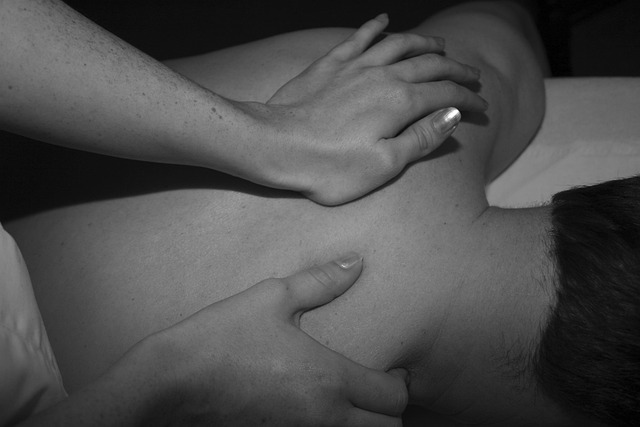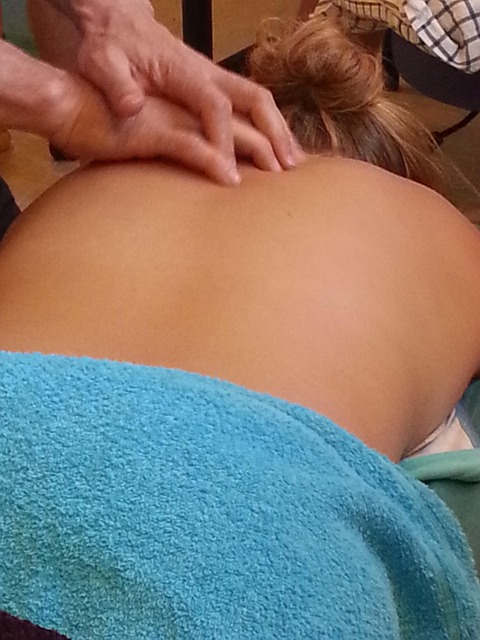Biofeedback therapy offers a non-invasive, powerful stress relief therapy empowering individuals to control bodily functions like heart rate and muscle tension through real-time feedback. By learning to adjust these unconscious responses, people can reduce stress levels, promote calmness, and mitigate chronic stress's negative health effects. At-home biofeedback practices using sensors or wearable bands provide accessibility, enabling users to understand their body's reactions and improve overall well-being through regular sessions focusing on breathing and relaxation.
Stress is a modern-day epidemic, but there’s a powerful tool that can help reclaim your calm—Biofeedback therapy. This innovative treatment offers a holistic approach to managing stress and its profound impact on the body. By providing real-time feedback about bodily functions, biofeedback enables individuals to consciously regulate their responses to stressful situations. This article explores this therapeutic method, its mechanisms, various techniques, and the numerous benefits it offers for chronic stress management, guiding you towards finding inner peace.
Understanding Stress and Its Impact on the Body

Stress is a natural response triggered by various demands and challenges we encounter in our daily lives, from work pressures to personal relationships. While occasional stress can be motivating, prolonged or chronic stress has significant impacts on both mental and physical health. It can lead to heightened anxiety, depression, fatigue, and even contribute to cardiovascular diseases, sleep disorders, and a weakened immune system. Recognizing the body’s physiological reactions to stress is crucial in understanding how biofeedback therapy for stress relief can be beneficial.
Biofeedback therapy offers a non-invasive approach to managing stress by teaching individuals to gain control over their bodily functions. Through sensors attached to specific body parts, biofeedback equipment provides real-time feedback about physical responses like heart rate, muscle tension, and skin temperature. This awareness allows people to learn to relax and modulate these responses, effectively reducing stress levels and promoting a sense of calm. By integrating this knowledge into daily life, individuals can employ stress relief therapy techniques to counteract the detrimental effects of chronic stress.
Introduction to Biofeedback Therapy

Biofeedback therapy is a powerful tool for managing and reducing stress, offering individuals a way to gain control over their physiological responses. This non-invasive approach leverages real-time feedback from sensors placed on the body to teach patients how to consciously regulate various bodily functions. By learning to adjust parameters like heart rate, muscle tension, and skin temperature, individuals can experience significant improvements in their ability to handle stress effectively.
As a form of alternative or complementary medicine, biofeedback therapy provides a unique perspective on stress relief therapy by empowering people to become active participants in their mental and physical well-being. Through regular practice, patients develop a deeper understanding of the connection between their thoughts, emotions, and bodily reactions, allowing them to respond more calmly and adaptively to stressful situations.
How Biofeedback Works for Stress Relief

Biofeedback is a powerful tool for managing and alleviating stress, offering individuals a way to gain control over their physiological responses. It works by providing real-time feedback about bodily functions that are often unconscious, such as heart rate, muscle tension, and skin temperature. Through sensors attached to specific body parts, biofeedback devices measure these parameters and present the data back to the individual in a clear and understandable format. This immediate awareness allows people to learn how to consciously regulate their responses, which is particularly effective for stress reduction.
When stressed, our bodies often enter a state of heightened arousal, with increased heart rate, rapid breathing, and tension in muscles. Biofeedback therapy teaches individuals to recognize these physical cues and intentionally activate relaxation responses. By training the mind to relax the body, biofeedback can help lower blood pressure, slow heart rate, and reduce muscle tension, ultimately providing an effective stress relief therapy.
Different Types of Biofeedback Techniques

Biofeedback therapy offers a range of techniques tailored to different needs, making it a versatile stress relief therapy. One popular method is Electroencephalography (EEG), which measures brainwave activity, helping individuals learn to control their mental states for relaxation. Another approach involves electromyography (EMG), tracking muscle tension and providing real-time feedback to encourage progressive muscle relaxation and reduce physical stress.
Additionally, heart rate variability (HRV) biofeedback focuses on regulating the autonomic nervous system by measuring heart rhythm, enabling people to learn techniques that foster calmness and resilience against stressful situations. Each of these techniques provides valuable tools for managing stress, offering personalized paths to improved mental and physical well-being.
Benefits of Incorporating Biofeedback for Chronic Stress Management

Biofeedback is a powerful tool in the arsenal against chronic stress, offering a non-invasive and highly effective approach to stress relief therapy. By training individuals to gain control over their physiological responses, biofeedback helps reduce the body’s ‘fight or flight’ reaction, which is often overactive in people experiencing long-term stress. This process involves learning to relax muscles, slow heart rate, and regulate breathing, ultimately leading to a calmer and more balanced state of mind.
One of the key advantages of biofeedback for chronic stress management is its ability to empower individuals. It provides them with tangible feedback about their body’s responses to stressful situations, allowing them to make conscious adjustments to counterbalance these reactions. This self-regulation can significantly improve overall well-being, enhance mental clarity, and foster a sense of agency over one’s stress levels.
Getting Started with Biofeedback Practice at Home

Starting a biofeedback practice at home can be an accessible way to explore this effective stress relief therapy. The initial step is investing in a suitable biofeedback device, which comes in various forms like sensors that attach to your body or wearable bands. These devices monitor physiological signals, translating them into real-time feedback on your screen.
Once equipped, create a dedicated space for practice, ensuring comfort and minimal distractions. Begin with short sessions, focusing on breathing patterns and progressive muscle relaxation. As you become more familiar, you can expand to other biofeedback techniques like heart rate variability training or thermoregulation feedback. Regularity is key; consistent practice will help you better understand your body’s responses and develop a more profound connection for enhanced stress management.
